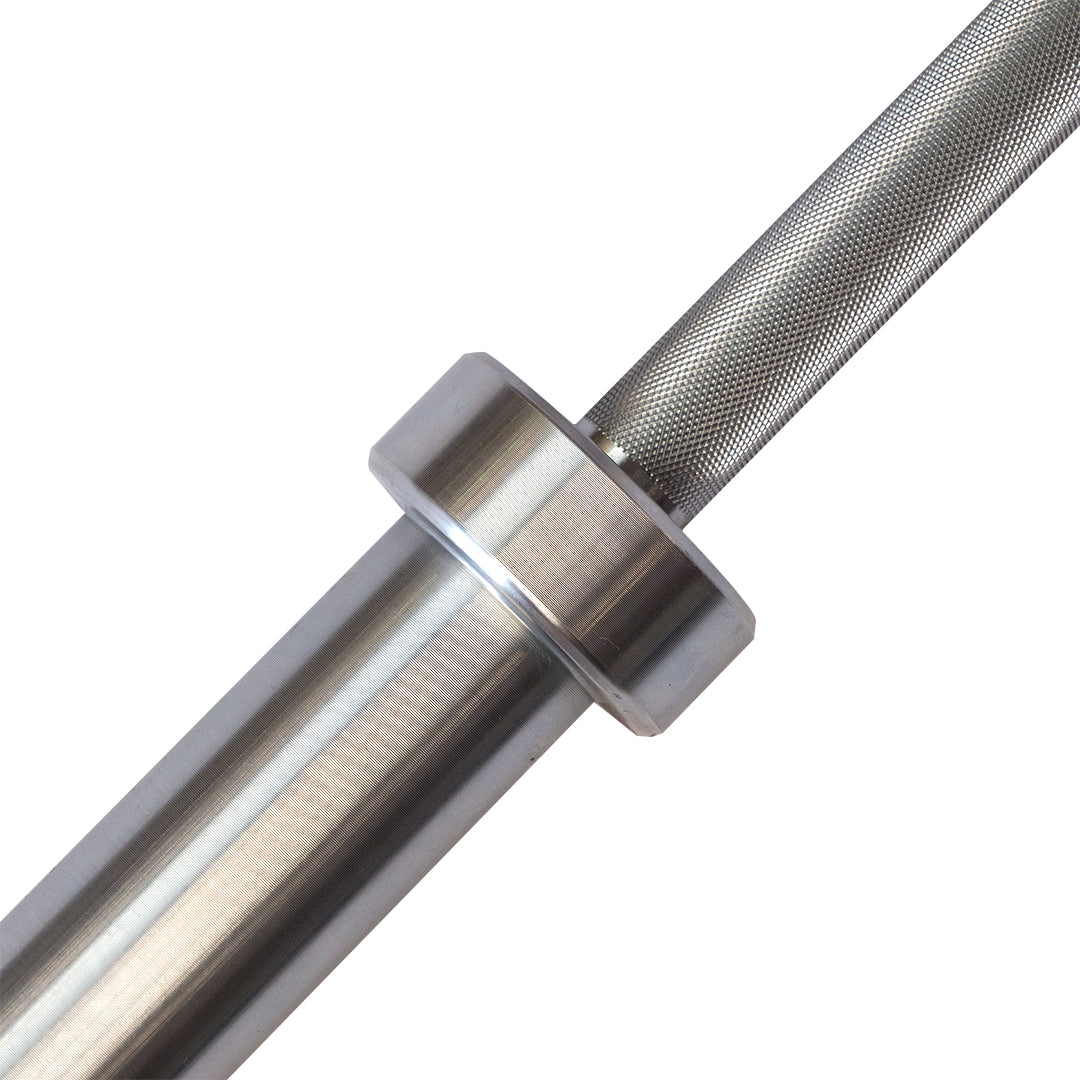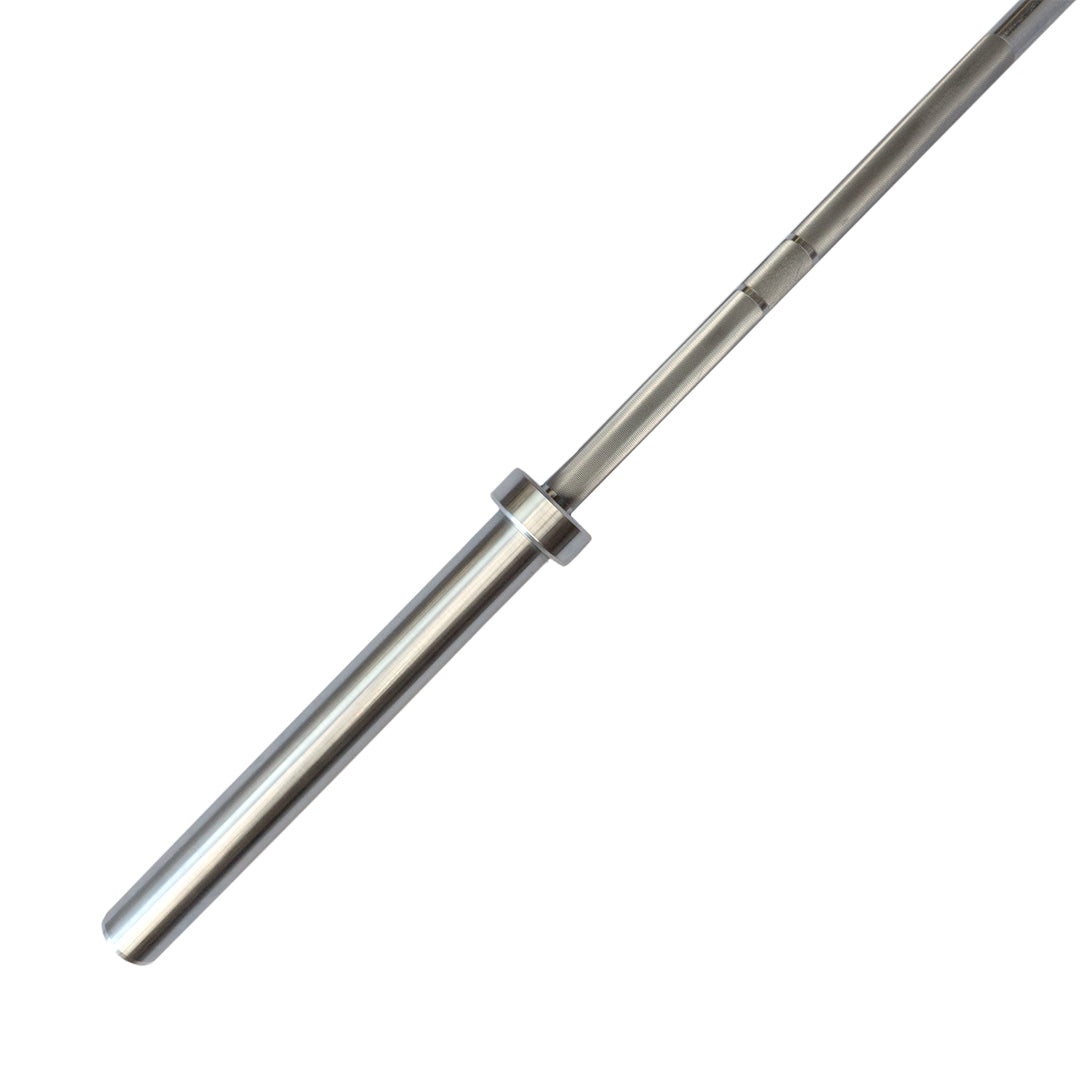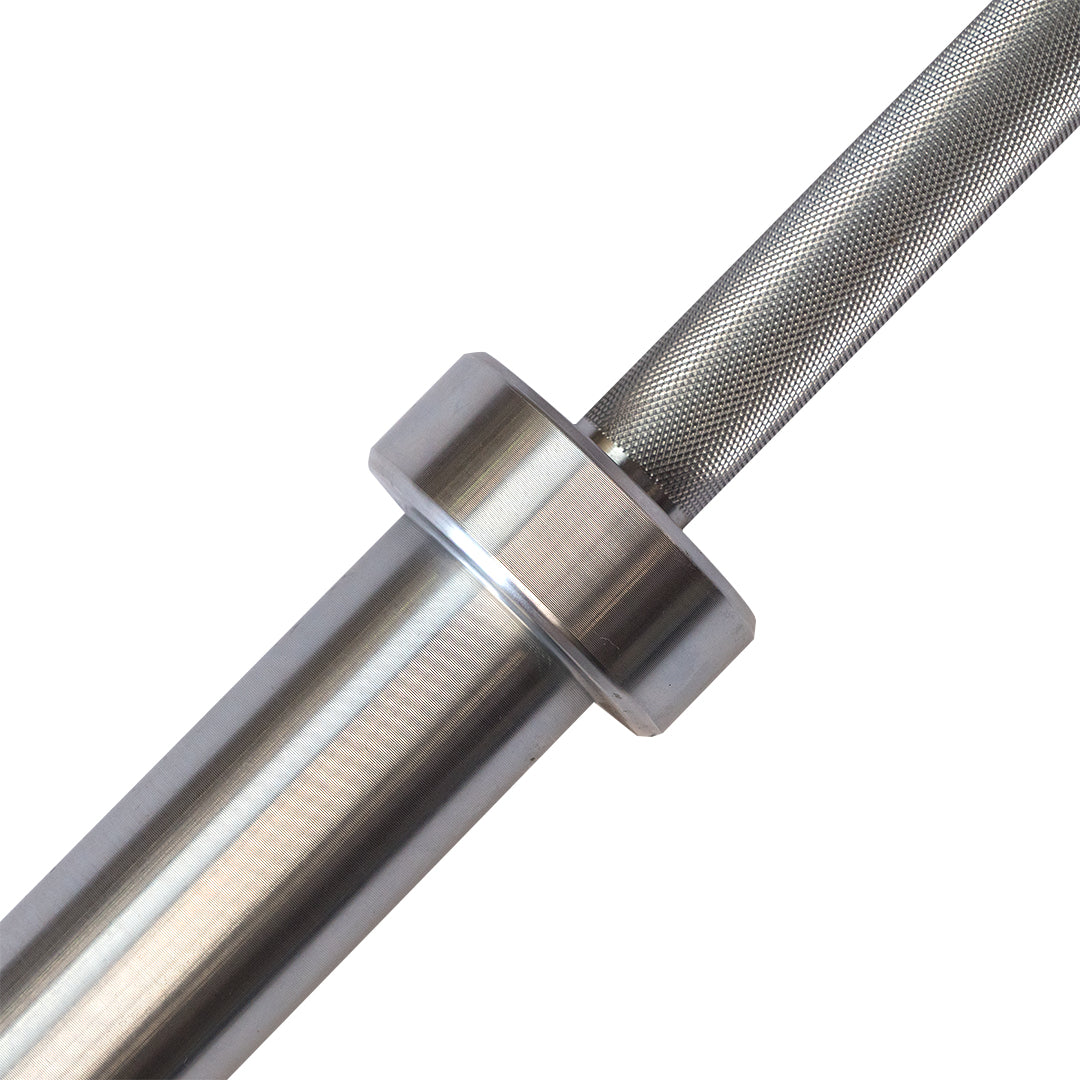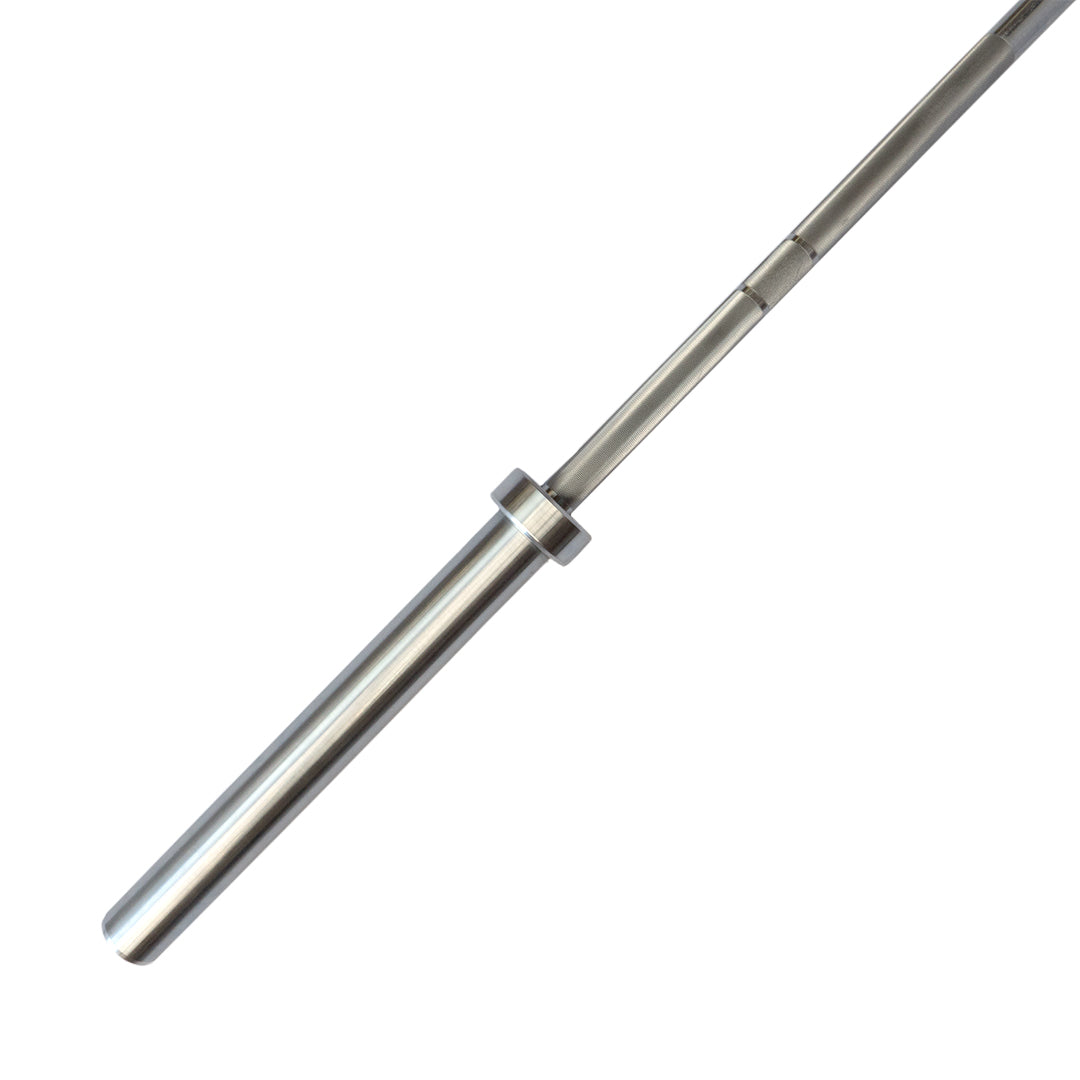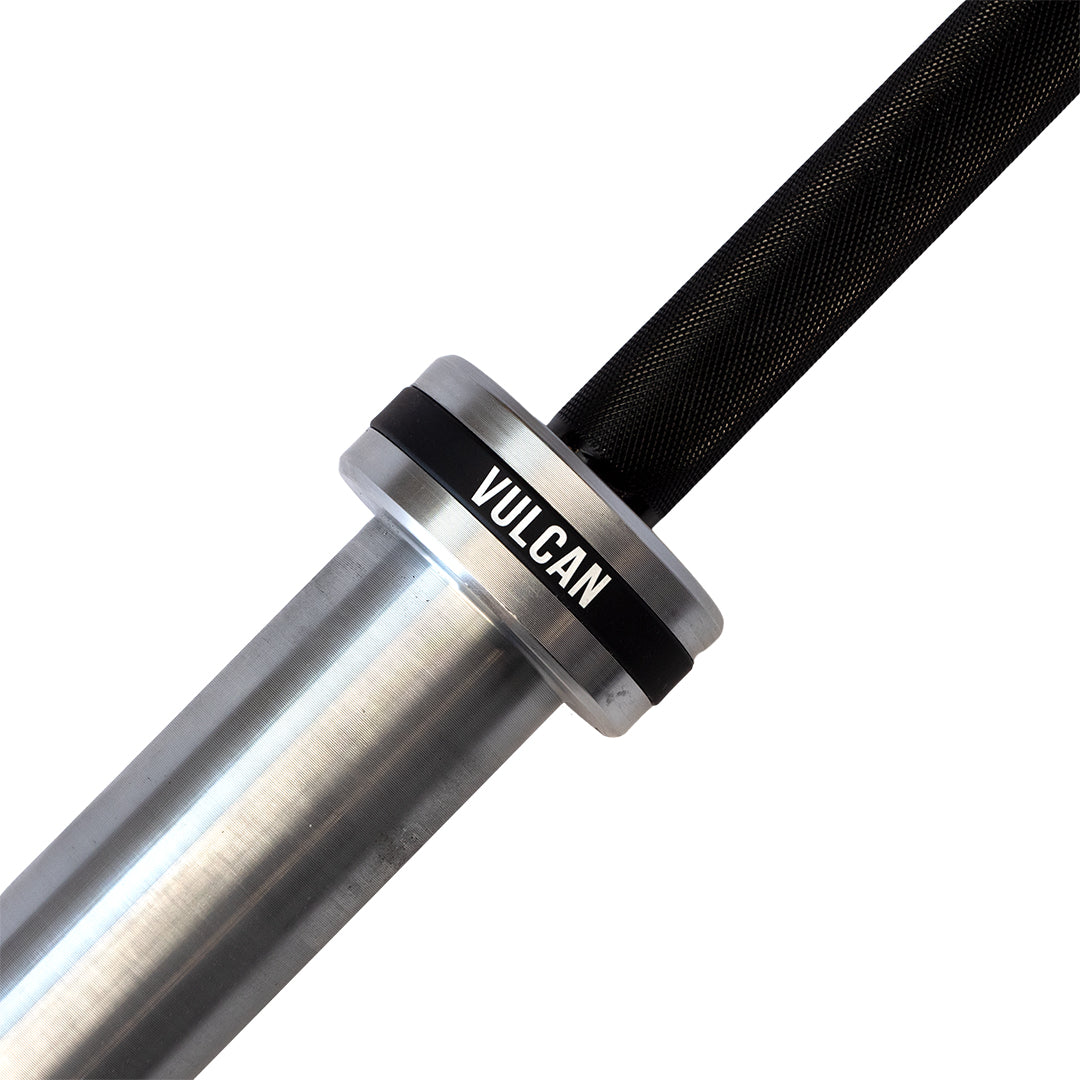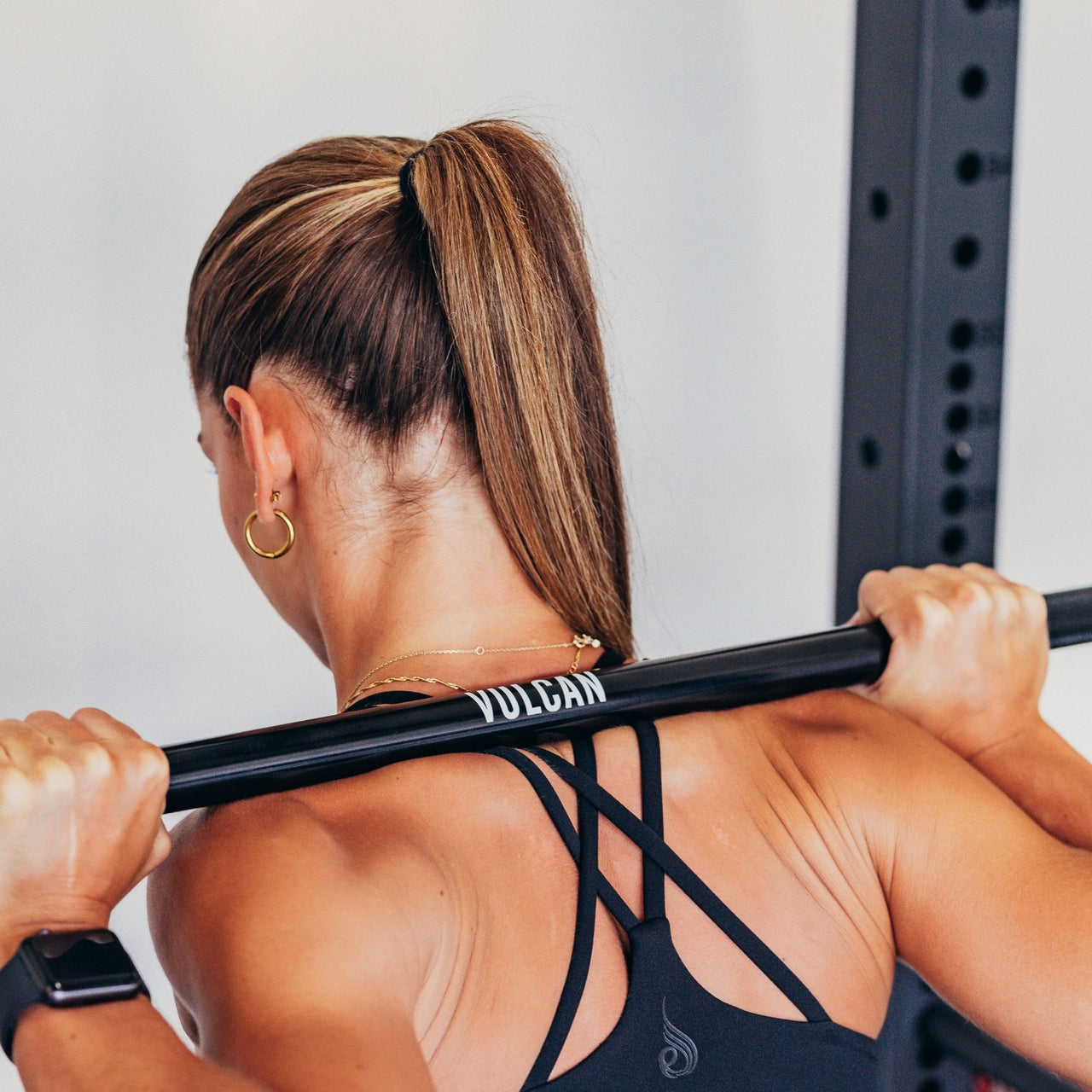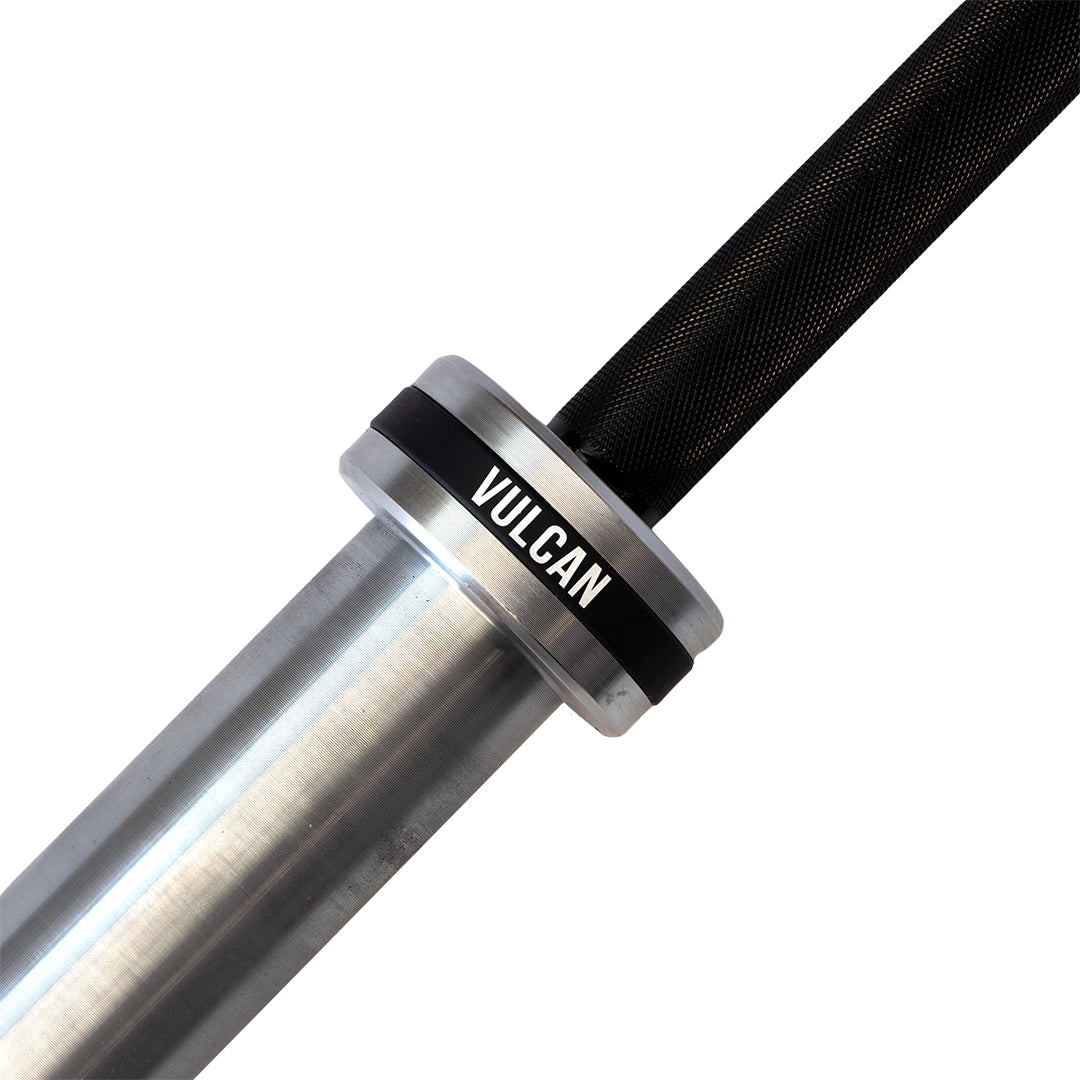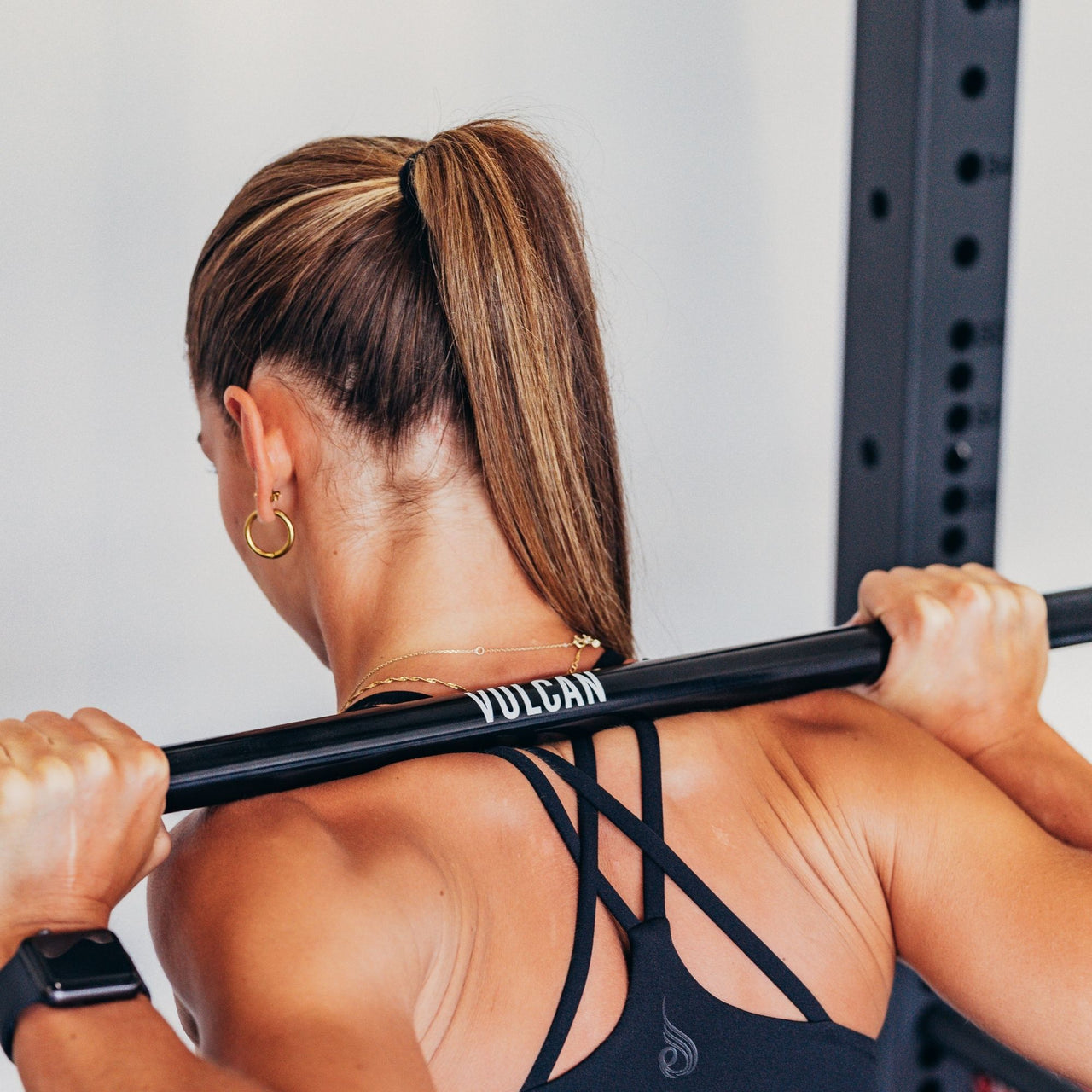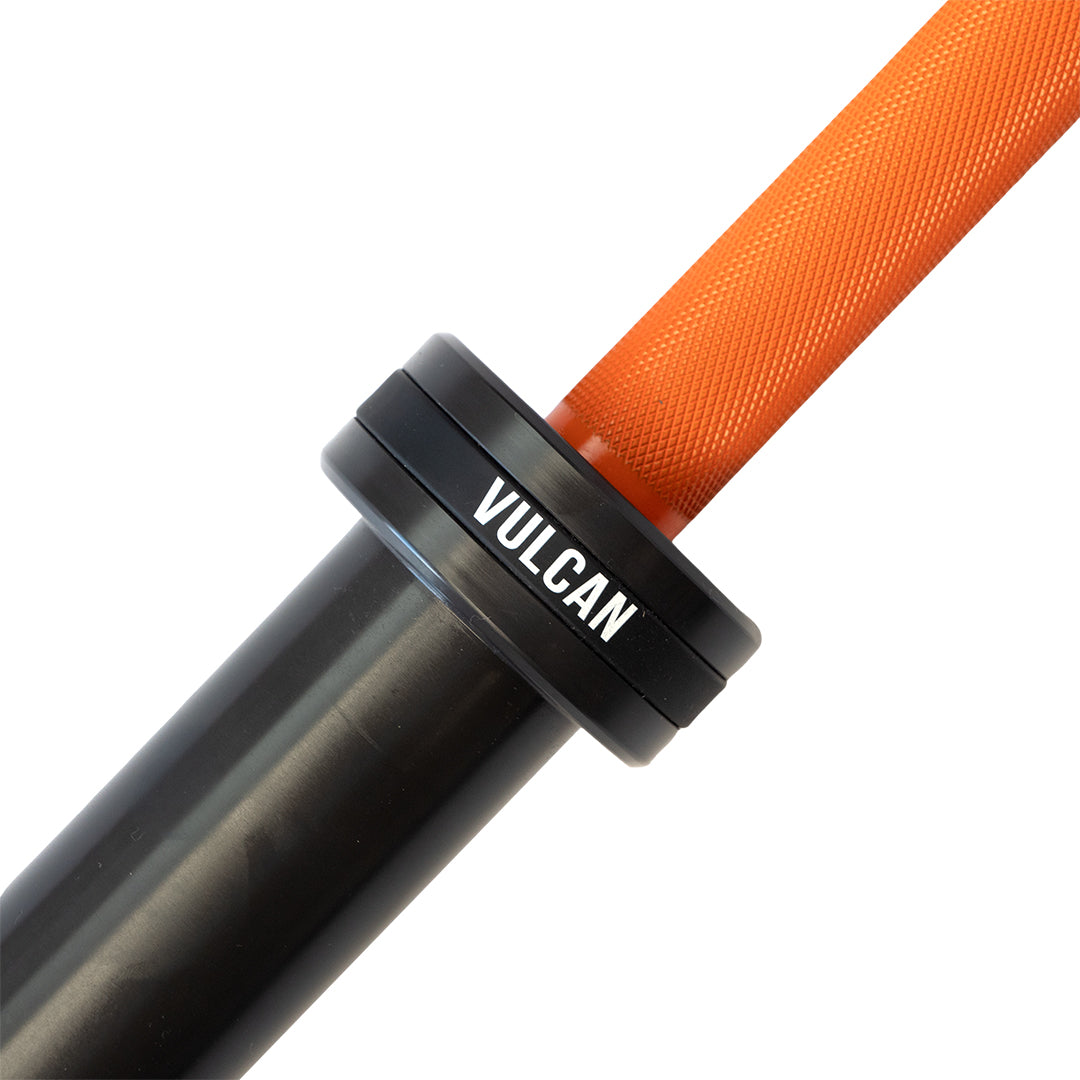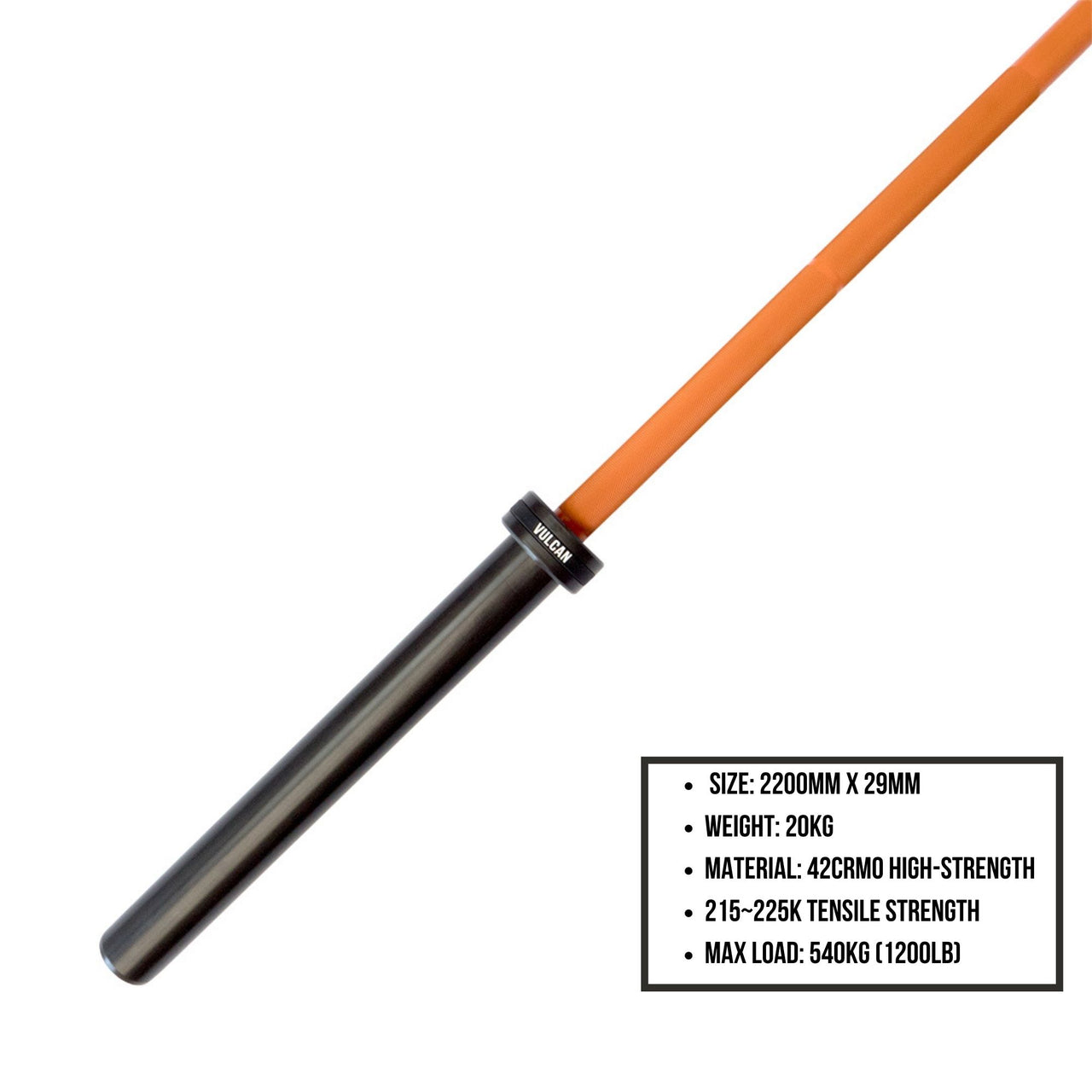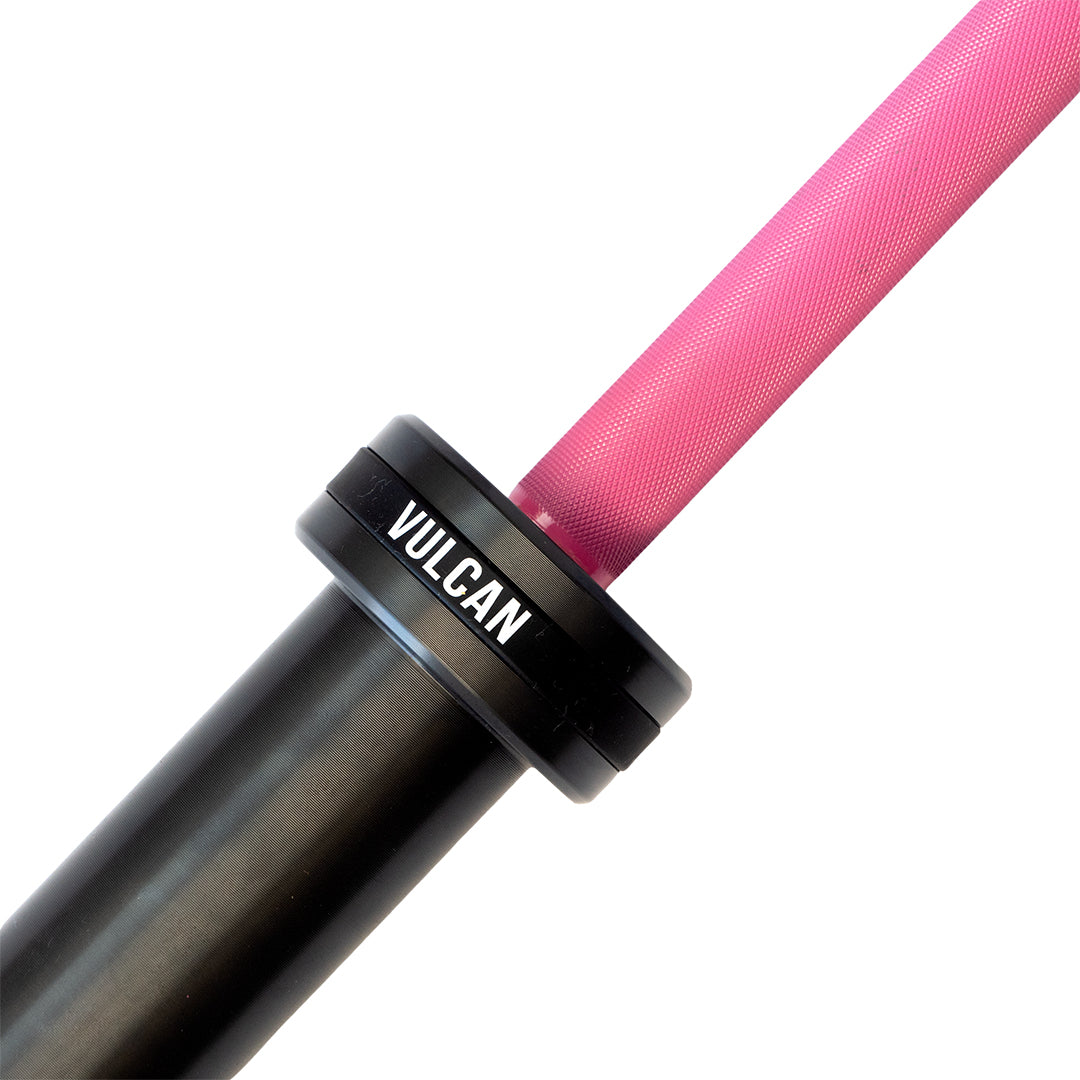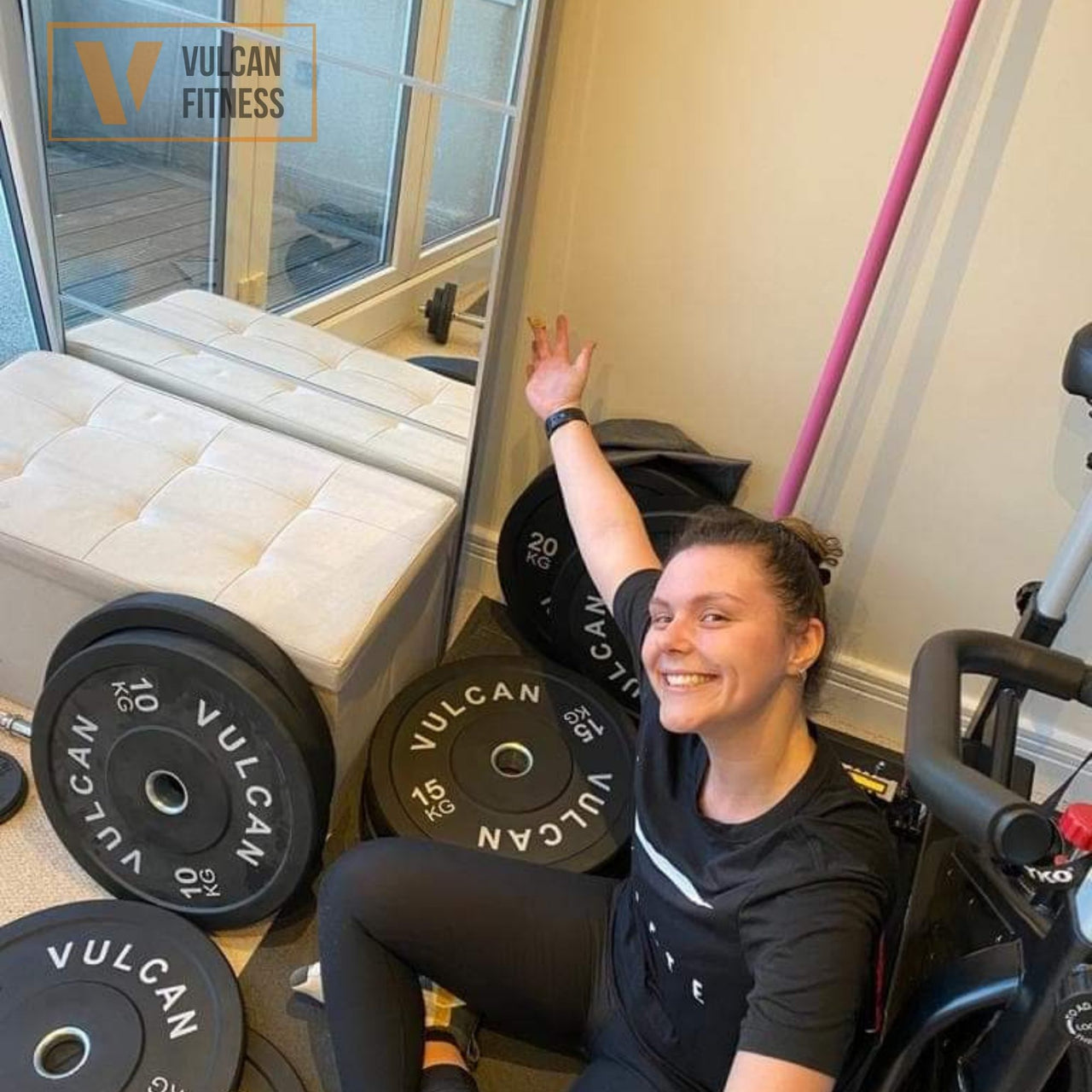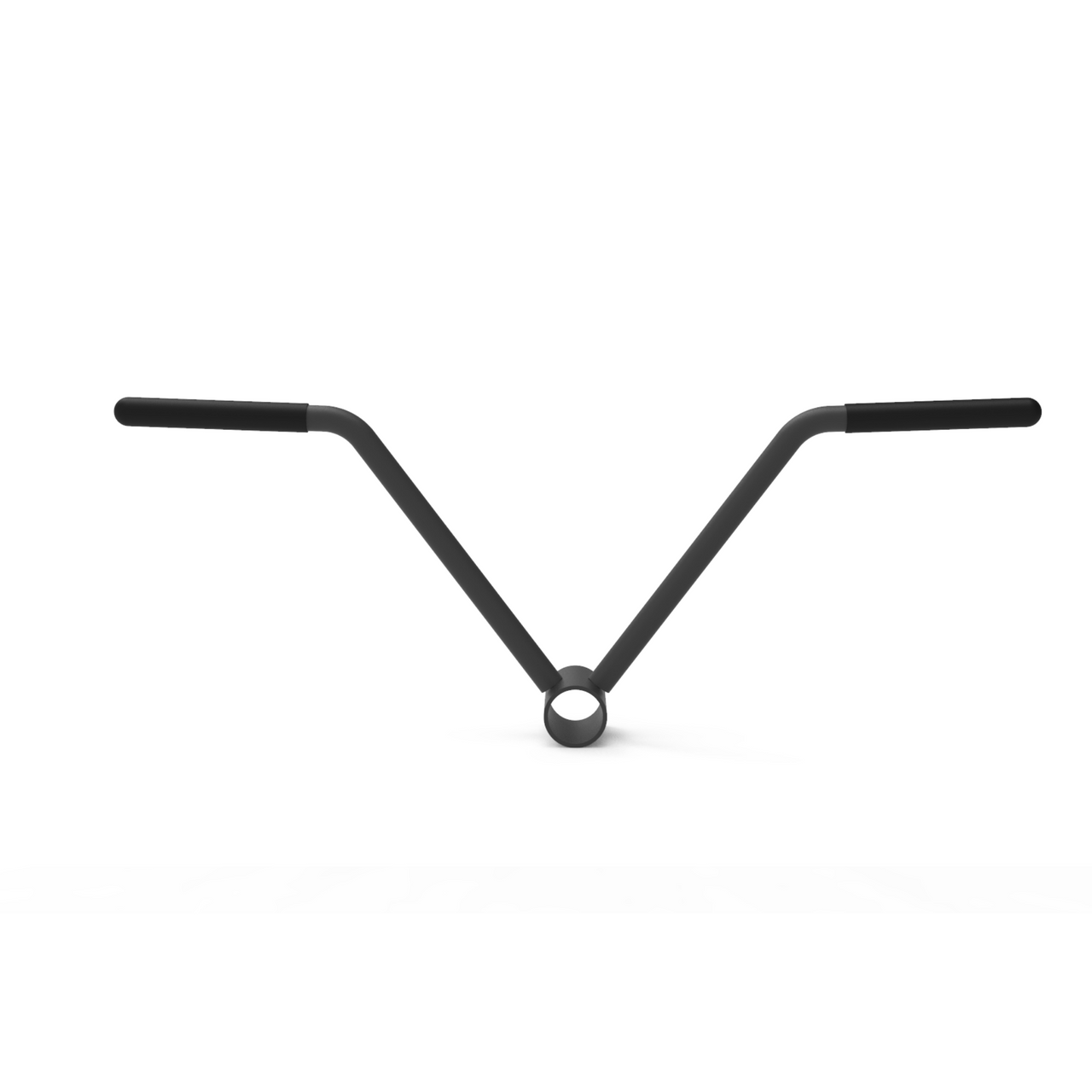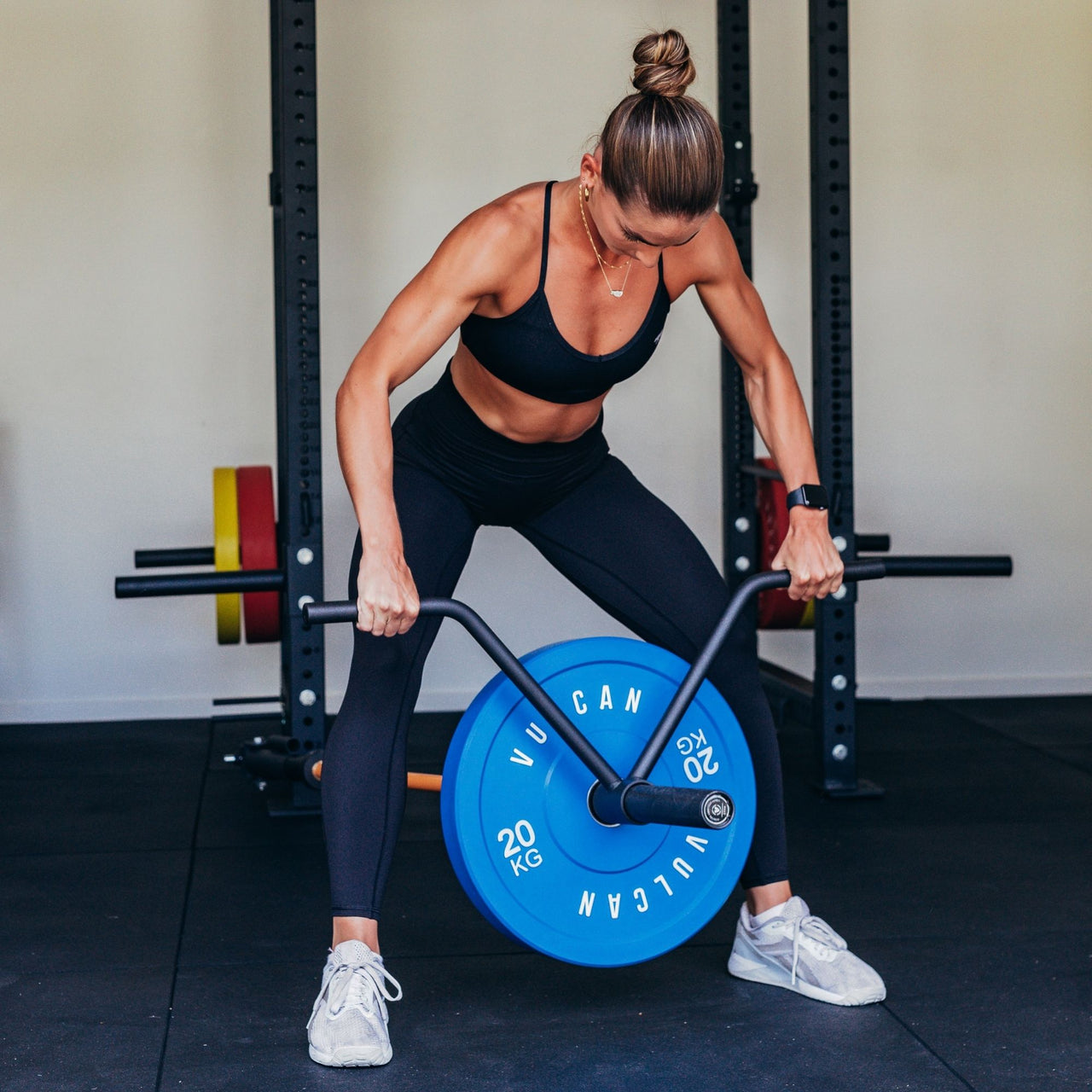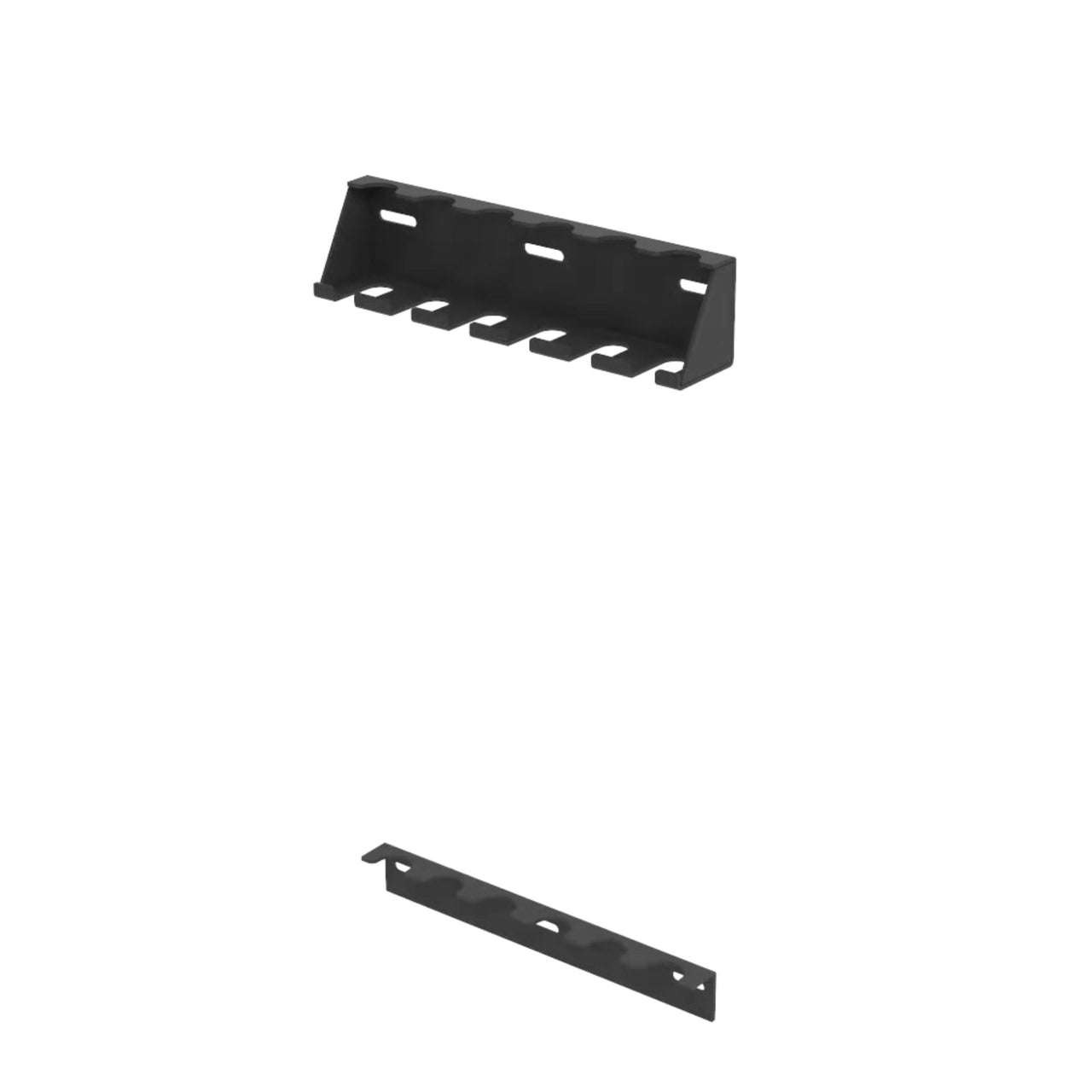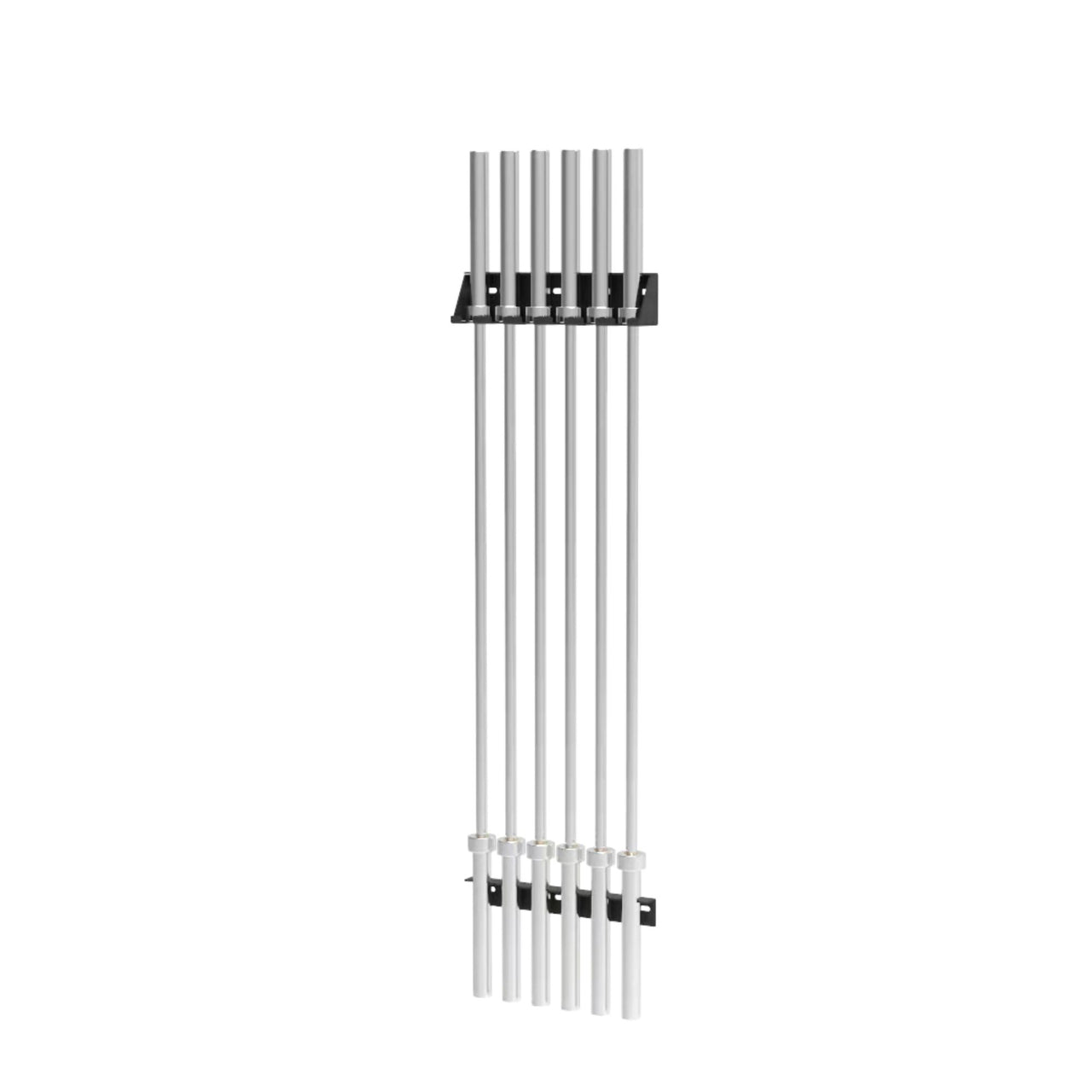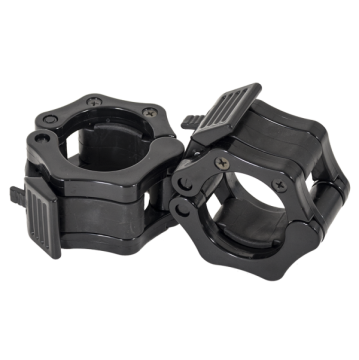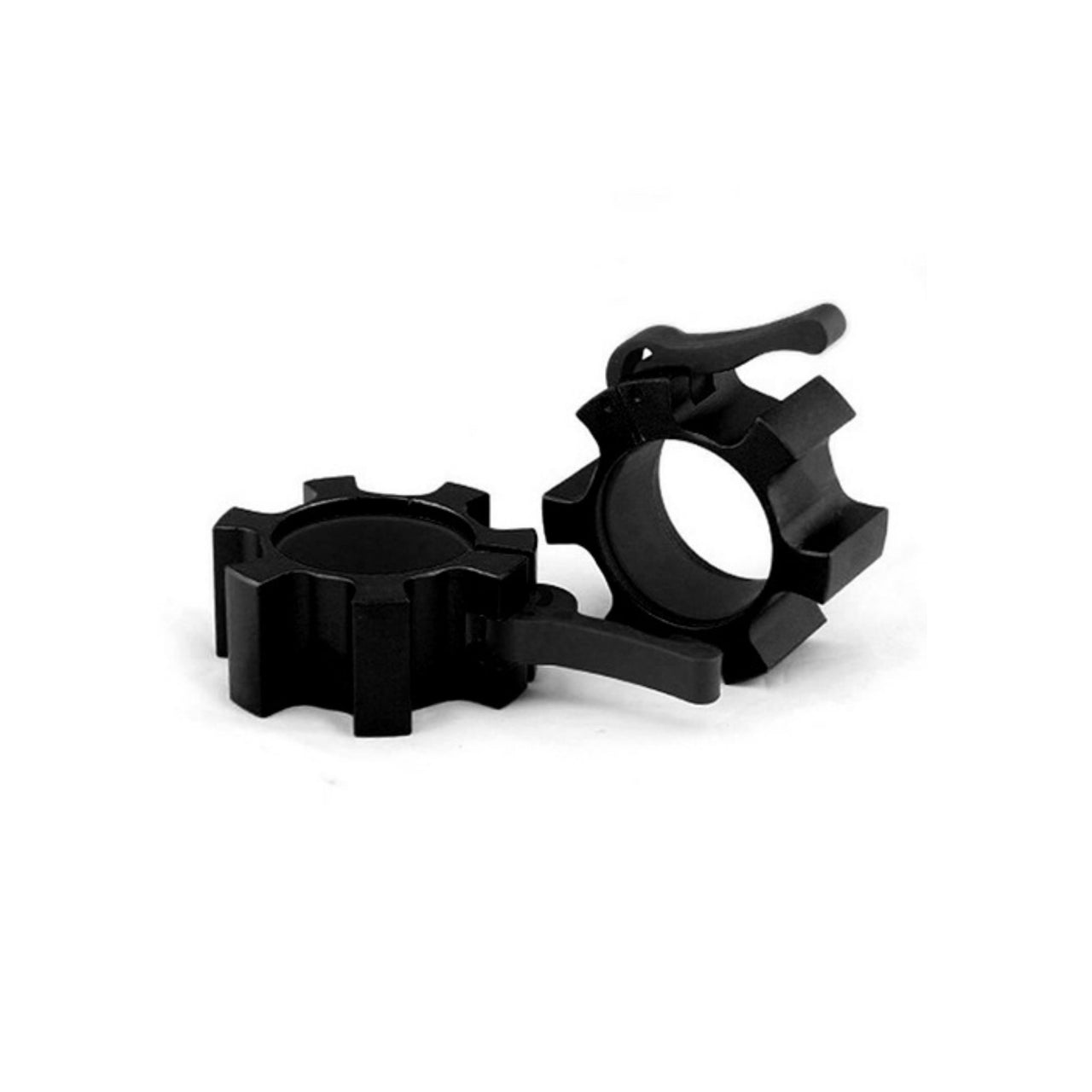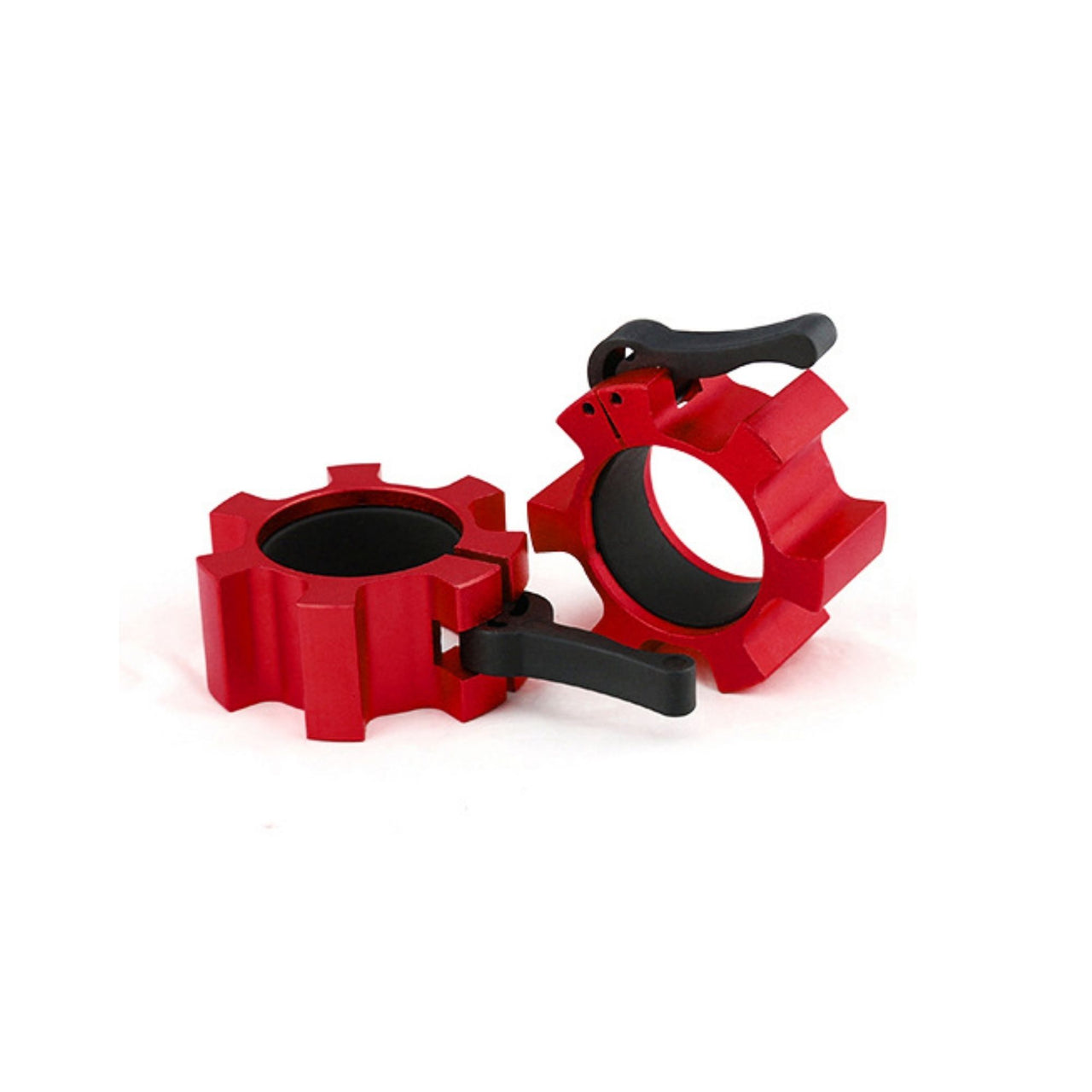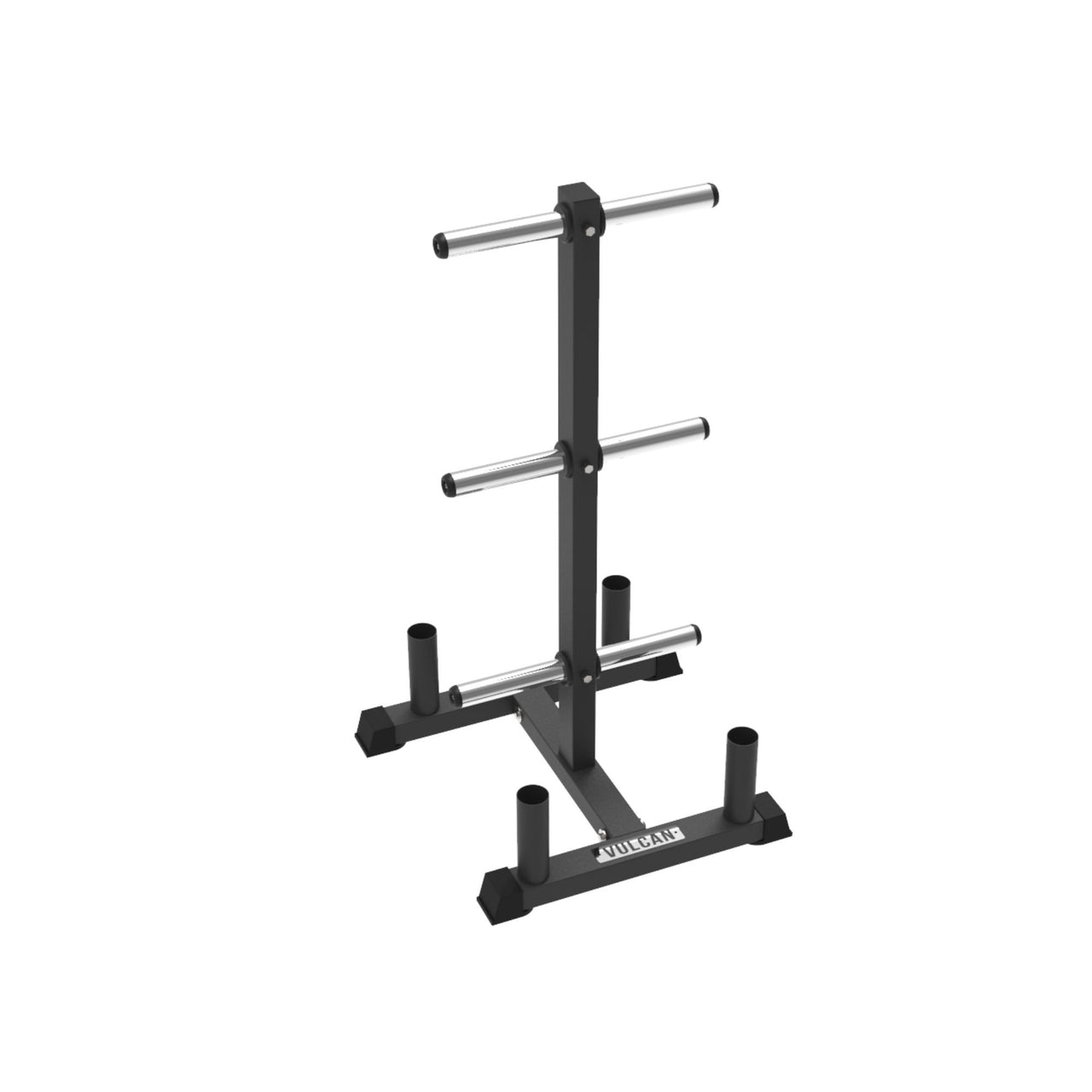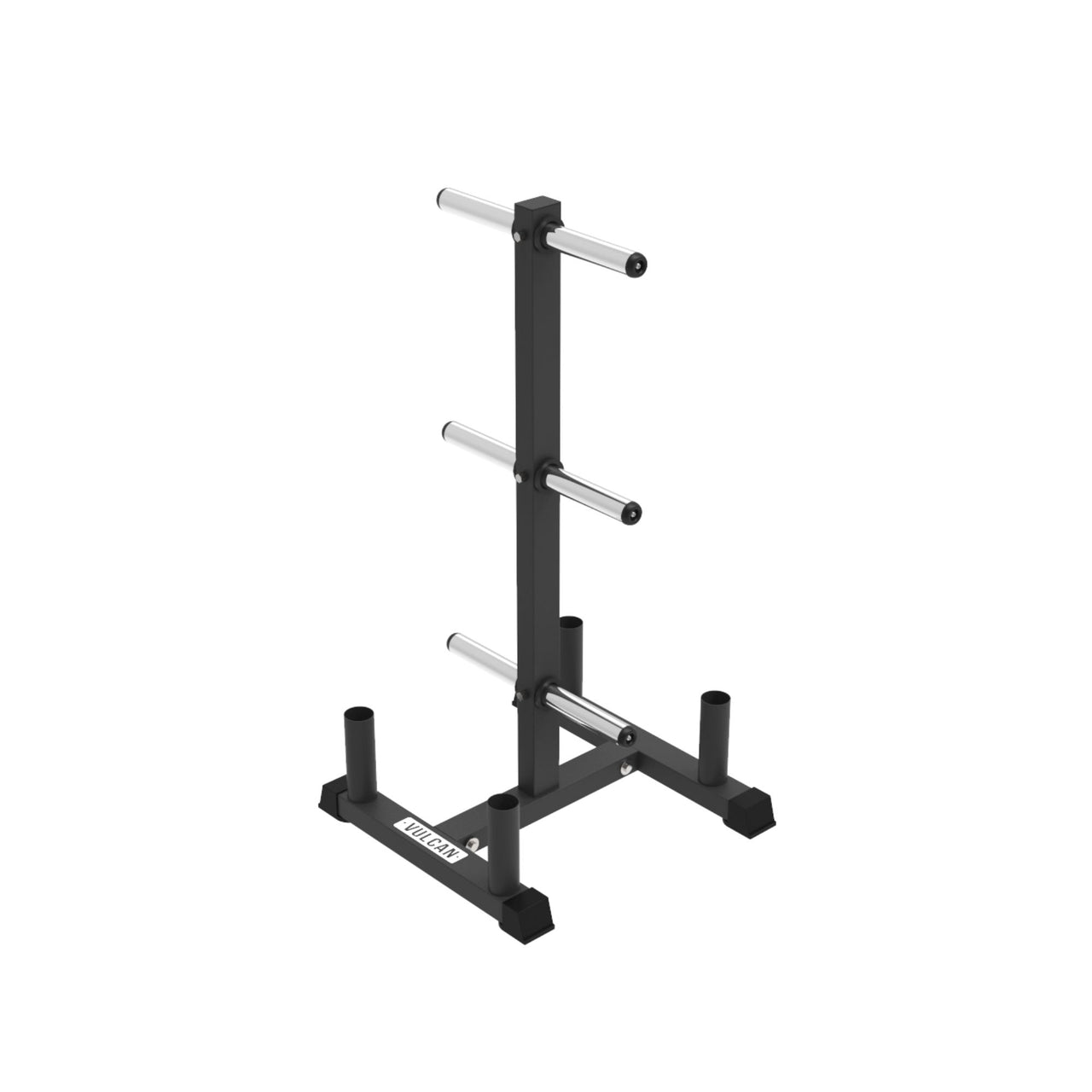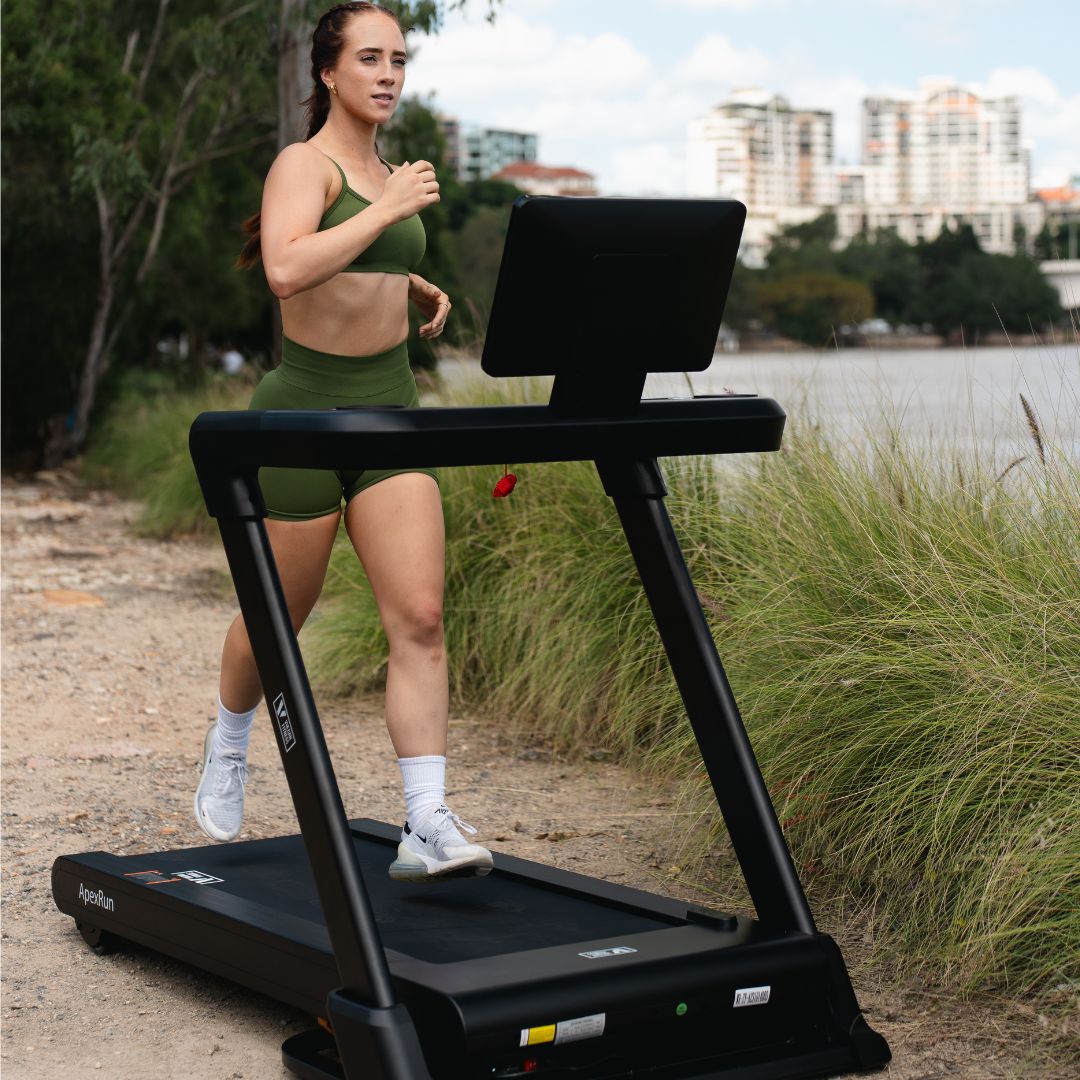Olympic Barbells
Olympic Barbells by Vulcan Fitness
Vulcan Fitness is one of Australia's leading suppliers of high quality and affordable Olympic Barbells. We have Olympic Barbells to suit your home gym equipment and commercial gym equipment training needs. Take your training to the next level with Vulcan Fitness gym equipment.
FAQ
What is an Olympic Barbell?
An Olympic barbell is a type of barbell that is used in weightlifting competitions and training. It is typically made of steel and is 7 feet long and weighs 20 kilograms for men's competitions and 15 kilograms for women's competitions. The barbell has a standard diameter of 50mm and has rotating sleeves on either end to allow the weight plates to spin freely.
Olympic barbells are designed to be used with standardized weight plates, which are also used in Olympic weightlifting competitions. The barbell is used in a variety of weightlifting exercises such as the snatch, clean and jerk, and deadlift. It is also used in powerlifting competitions, which consist of the squat, bench press, and deadlift.
Olympic barbells are often used in commercial gyms and are a popular piece of equipment for strength training and bodybuilding. They are designed to withstand heavy loads and are often coated with chrome or other durable materials to prevent rust and corrosion.
What exercises can I do with an Olympic Barbell?
There are a wide variety of exercises that can be performed with an Olympic barbell, including:
- Squat: This is a compound exercise that targets the legs and core. It can be performed with the barbell held on the back, front, or in the overhead position.
- Deadlift: This exercise targets the back, legs, and core. It involves lifting the barbell from the floor to a standing position.
- Bench press: This exercise targets the chest, shoulders, and triceps. It is performed lying on a bench and lifting the barbell from the chest to an extended position.
- Overhead press: This exercise targets the shoulders and triceps. It involves lifting the barbell from the shoulders to an overhead position.
- Clean and jerk: This is a two-part exercise that targets the entire body. It involves lifting the barbell from the floor to the shoulders (clean) and then lifting it from the shoulders to an overhead position (jerk).
- Snatch: This exercise targets the entire body and is similar to the clean and jerk, but involves lifting the barbell from the floor directly to an overhead position in one smooth movement.
- Romanian deadlift: This exercise targets the hamstrings and glutes. It involves bending over with the barbell in front of the body and lifting it to a standing position.
- Bent over rows: This exercise targets the back and biceps. It involves bending over with the barbell in front of the body and lifting it to the chest while squeezing the shoulder blades together.
How to clean my Olympic Barbell?
Regular cleaning and maintenance of your Olympic barbell can help to extend its lifespan and keep it in good condition. Here are some tips for cleaning and maintaining your barbell:
- Wipe it down after each use: After using your barbell, wipe it down with a clean cloth to remove any sweat, dirt, or chalk.
- Use a nylon brush to clean the knurling: The knurling on the barbell can become clogged with dirt and oil over time, which can affect your grip. Use a nylon brush to clean the knurling and keep it free from debris.
- Apply a light coat of oil: To prevent rust and corrosion, apply a light coat of oil to the barbell after cleaning it. Use a rag or paper towel to apply a thin layer of oil to the entire barbell, including the sleeves.
- Store it properly: Store your barbell in a dry, cool place to prevent rust and corrosion. Avoid leaving it outside or in a damp or humid environment.
- Inspect it regularly: Regularly inspect your barbell for signs of damage, such as bends, cracks, or loose sleeves. If you notice any damage, stop using the barbell immediately and have it repaired or replaced.
By following these tips, you can help to keep your Olympic barbell in good condition and ensure that it lasts for many years. Remember to always handle your barbell with care and use it in a safe and controlled manner.
Standard vs Competition Barbell?
A Standard Olympic barbell is suitable for most people who are just starting to lift weights or who are lifting moderate to heavy loads. This type of barbell is often used for general fitness and bodybuilding, as well as for powerlifting competitions in lighter weight classes.
On the other hand, a Competition Olympic barbell is designed to withstand much heavier loads and is typically used by experienced powerlifters and weightlifters who are lifting very heavy weights. This type of barbell is also commonly used in commercial gyms and strength and conditioning facilities, as it can handle a lot of wear and tear from heavy use.
When selecting an Olympic barbell, it is important to choose one that is suitable for your individual needs and lifting goals. If you are a beginner or intermediate lifter, a Standard Olympic barbell is likely to be sufficient for your needs, while more experienced lifters may require a barbell with a higher weight rating.
It's worth noting that the weight rating is not the only factor to consider when selecting an Olympic barbell. Other factors such as the barbell's length, diameter, and spin can also impact its performance and suitability for different types of lifts.
What are Needle Bearing on Olympic Barbells?
Needle bearings are a type of bearing commonly used in Olympic barbells. They are typically located in the sleeves of the barbell, where they help to reduce friction and allow the bar to spin more smoothly during lifts.
The use of needle bearings in Olympic barbells can have several advantages. One of the main benefits is that it allows the bar to spin more freely, which can help to reduce the amount of force and torque placed on the lifter's wrists and elbows during exercises such as cleans and snatches. This can help to reduce the risk of injury and allow the lifter to perform lifts more efficiently and effectively.
Needle bearings can also help to reduce the wear and tear on the barbell over time, as they allow the sleeves to rotate more smoothly without generating excess friction. This can help to extend the lifespan of the barbell and reduce the need for maintenance and repair.
It is worth noting that not all Olympic barbells use needle bearings, and there are other types of bearings that can be used to provide similar benefits, such as bushings. The choice of bearing type can depend on several factors, including the bar's intended use, the lifter's preferences, and the manufacturer's design choices.
Overall, the use of needle bearings in Olympic barbells can be a useful feature for many lifters, particularly those who are performing Olympic lifts or other exercises that require a smooth and consistent spin. When selecting an Olympic barbell, it is important to consider the type of bearing used and how it may impact the bar's performance and suitability for your individual needs and goals.
What is Knurling on Olympic Barbells?
The knurling on an Olympic barbell refers to the textured pattern on the bar that helps provide grip and prevent the bar from slipping during lifts. Knurling is an important feature of an Olympic barbell, as it can significantly impact the lifter's ability to maintain a secure grip on the bar and perform lifts safely and effectively.
The knurling pattern can vary between barbells, with some bars having a more aggressive knurling pattern than others. The degree of aggressiveness can affect the bar's grip, and some lifters may prefer a more or less aggressive pattern depending on their individual needs and preferences.
The spacing and depth of the knurling can also vary between bars, with some bars having more pronounced knurling on specific areas of the bar, such as the centre or outer portions of the bar.
When selecting an Olympic barbell, it is important to consider the knurling pattern and its suitability for your individual needs and preferences. Lifters who prefer a more aggressive knurling pattern may opt for a bar with deeper and more pronounced knurling, while those who prefer a less aggressive pattern may choose a bar with shallower and less pronounced knurling.
It is also important to consider the quality of the knurling on a bar, as a poorly executed knurling pattern can result in discomfort, slippage, and other issues that can impact the lifter's ability to perform lifts safely and effectively. High-quality knurling should be consistent, well-defined, and provide adequate grip without causing discomfort or irritation to the hands.

